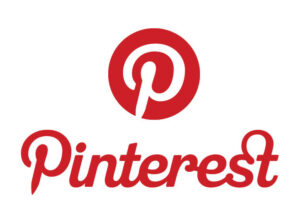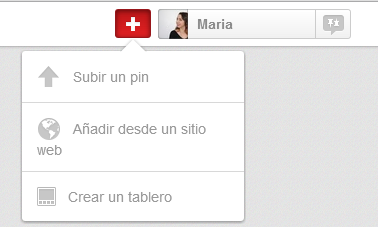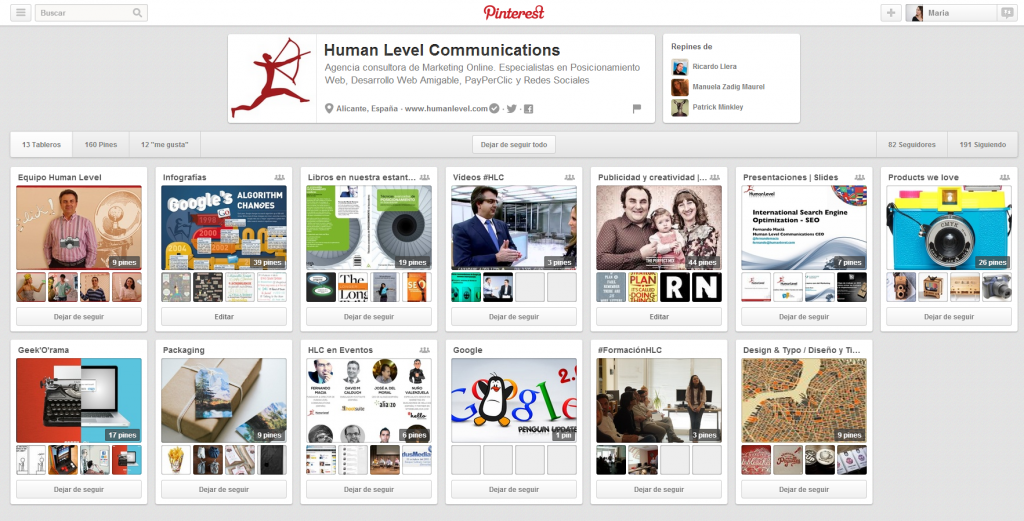Written by María Santoja
Índice

Knowing Pinterest and its functionalities will allow us to include new actions to improve our company’s social media strategy.
How Pinterest works
Pinterest is a social network that allows users to search, share and organize images (and video) based on their tastes. Let’s see how it works:
- Users can upload images or add them from a website by copying the URL: this is called “pinning”. Also, if you install the “Pin it” button in your browser, you will be able to add images directly without having to enter the social network. The great advantage of Pinterest is that each image is a link to a source (web), so it is another way of traffic entry for a website.
- The images are organized through “pinboards” or thematic boards . The pinboards work by grouping images by themes or interests, for example “For the home”, “Motorcycles”, ” Vintagefashion”…..
- At the same time, users can search Pinterest and follow “pinners” who post content of interest to them, and “repin” that content to save it to their own board.
One of the great assets of this social network is that it is very easy to use and intuitive, and above all addictive!
The use of Pinterest in business
Are Pinterest users our target audience?
To know how to apply our social media strategy, one of the first things we must do is to know our target audience and which social networks they use. So who uses Pinterest?
The majority of Pinterest users are female, between 25 and 45 years old and educated. So, here we have the first clue:
If the target of our brand coincides with that of Pinterest, we should consider being present in this social network.
However, we also shouldn’t rule out using Pinterest if our target audience is young men. More and more kids are using Pinterest, and we can come up with a strategy to capture their attention and create content related to their tastes. If our target audience is not the majority on Pinterest, that’s okay, don’t let the stats get in the way and be creative.
Company pages on Pinterest
Pinterest’s terms of use specify that businesses must open a business account. This type of business account offers several advantages.
First, Pintrest business accounts allow you to link your Pinterest profile to your corporate website and drive traffic both ways: from Pinterest to the website and from the website to your Pinterest profile.
When you check your website on Pinterest, it will appear as an active link on your profile.
On the other hand, other social networks such as Twitter or Facebook can also be linked, as is the case with personal profiles.
Pinterest business pages allow you to have a complete profile. You should take advantage of this option to display information about your company. You can specify the type of business activity you are engaged in. In addition, you should write a clear description of your business, and use keywords relevant to your industry.
Advertising comes to Pinterest
Last October 10, the first ad formats started to be displayed on Pinterest. These are promoted pins (“promoted pins”) and work in a similar way to Facebook’s sponsored tweets and promoted posts.
These arecontextual ads that appear at the top of the page for those users who have made a search related to the company or product. At the moment, the promoted pins can only be purchased in the United States.
Which companies should be on Pinterest
As we have already pointed out, Pinterest is a social network in which visuals are a priority, so if your company works in a sector in which the image is important, you can get a lot out of it.
The most popular images on Pinterest are those of food and drink, followed by DIY (“Do it Yourself”) and crafts, and those related to women’s fashion. So it is clear that if you are a restaurant, or a decoration or fashion store, you must be on Pinterest and show your products. Other sectors also highly valued in the social network are those related to design, advertising, illustration and photography, so if this is your sector, you can turn Pinterest into a portfolio of your work.
However, companies or brands that don’t have a visual component to begin with can also use Pinterest by being a little creative.
For example, a Yoga school can use photographs of the postures and exercises, layout evocative images along with motivational phrases and so on. Human Level could be another example: in principle, online marketing does not have a suggestive image to show, but instead we can use our profile to share presentations of different events and congresses or infographics on topics relevant to our sector.
Moreover, not only companies with a physical office can show themselves on Pinterest, but also and especially online stores can take advantage of this social network to showcase their products. In fact, Pinterest is the social network that converts the most traffic for online retail stores:
21% of Pinterest users ended up buying products they had seen posted on the social network.
However, nowadays Pinterest does not allow you to publish the entire catalog of an online store in a company profile, so it is advisable to select the most attractive products and get the user’s attention.
What and how to pin
So what do we pine? As we were saying, Pinterest can be a very good showcase for our products. In addition, as we have seen, if the images of our products are hosted on our corporate website or online store, we can add them directly from the URL of the tab of this product. This makes it easier for the Pinterest user to reach our corporate website from the social network.
You can also use this social network to share photos of your workplace. If we have a beautiful, modern, or curious workspace, why not take advantage of it also on the network? Also, this would be one of those uses of Pinterest that companies without a visual component can take advantage of. For example, if we are an organic milk factory, our product may not have much appeal as an image, but our farms in the countryside or the animals in open spaces may have.
In this sense, images with text can be a good way to express the corporate culture in a visual way, and on the other hand, infographics can be used to show that we are experts in a given subject.
Infographics and layouts of inspirational quotes and phrases have a lot of traction on Pinterest.
Finally, we cannot leave aside some of the more creative uses that this social network allows, such as the organization of contests and sweepstakes. You can make boards for users to pine on a given topic, or raffle prizes among users who “repin” one of our images.
Tips for pinning
- It is very important to take good care of the content, and not to upload images just for the sake of uploading them. In Pinterest images must be very careful, therefore, if we have photographs that do not meet minimum quality standards, it will be better not to use them.
- You should always think about your target audience, and pin images that are ofinterest to your audience.
- It is advisable to make short descriptions and use keywords and hastags for each of the pins, so that they have more options to appear in Pinterest searches.
- The organization of the Pinboards should be taken care of: you should use suggestive names for the collections and select a prominent image that invites the user to enter and see the whole board.
And you, have you already tried Pinterest in your company or do you know of any success stories in the use of this social network?


